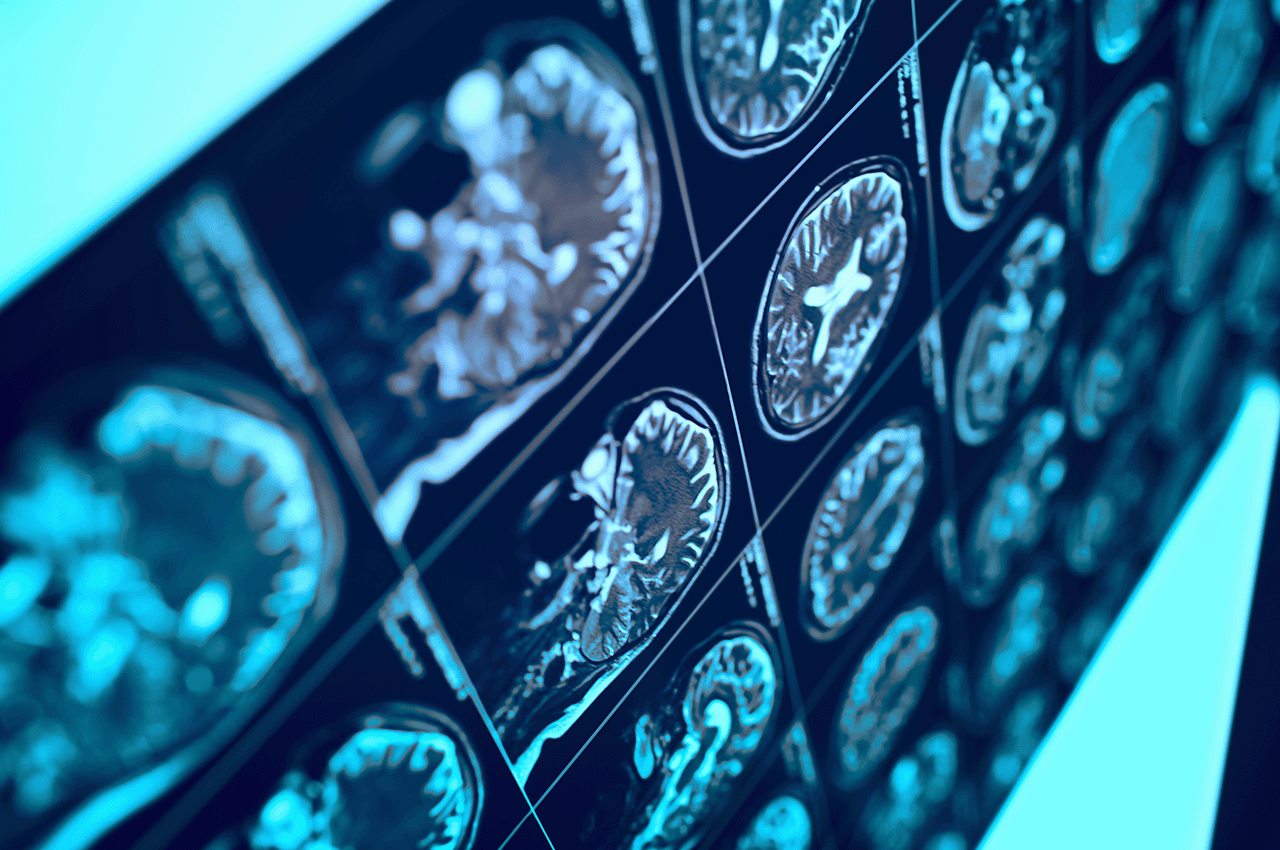Summary
Historically, CT brain scans are reviewed by a specialist in limited locations. Now, through AI technology, high quality images can be seen within a few minutes of being processed – anywhere, any time – and advice given immediately. Reducing the time between arriving in hospital and referral for treatment is crucial to recovery after stroke.
"
Using Brainomix’s AI-driven imaging support software I can now see the images within two minutes of them being processed. I can look at the scans, and then give specialist advice immediately advising treatment. The immediate benefit is that you reduce the hospital stay, but I think most of the cost saving is going to come from the long-term benefits by reducing the amount of social care required.
"
Dr Kiruba Nagaratnam, Clinical Lead for Stroke Medicine at Royal Berkshire NHS Foundation Trust
What the project involved
The innovative e-Stroke Suite technology developed by Brainomix, an Oxford-based company spun out of the University of Oxford, helps clinicians to decide the type and severity of stroke and the most appropriate course of action quickly and accurately. It enables speedier access to treatments including mechanical thrombectomy (MT) – a priority outlined in the NHS Long Term Plan.
The technology supports rapid sharing of images across regional networks. It makes more efficient use of specialist expertise, overcomes communication barriers and supports more coordination and consistency.
The Oxford AHSN worked with five Integrated Stroke Delivery Networks and the NHS England South East regional team to roll out and evaluate this new brain imaging software, which incorporates artificial intelligence (AI). This has involved 26 acute stroke sites across three AHSN regions.
Dr Guy Rooney, the Oxford AHSN Medical Director, provided leadership and organisational support, chairing the Thrombectomy Innovation & Transformation (TITAN) stroke network.
Outcomes
High quality CT brain scans are being shared quickly and securely within and between hospitals using imaging software incorporating AI to support clinical decision-making.
This approach has sped up access to treatment, improved patient outcomes and prevented long-term disability.
It has enabled rapid transfer of high-quality images enabling swifter decisions around treatment options for stroke patients. These include identifying whether a patient would benefit from MT, a procedure to remove a blockage in a large blood vessel in the brain which can cause a severe stroke, where quick action is crucial to preventing long-term disability. In the Oxford AHSN region the proportion of patients receiving MT increased from 2.8% in 2020/21 to 6.6% in 2021/22 (national target 10%).
The technology has also supported the adoption of new ways of working, particularly helping to overcome disruption caused by the pandemic.
Next steps
The Oxford AHSN is carrying out a detailed evaluation of the e-Stroke Suite as part of the Brainomix AI in Health and Care Award to establish potential for wider spread and adoption. This will include feedback from frontline clinicians.







